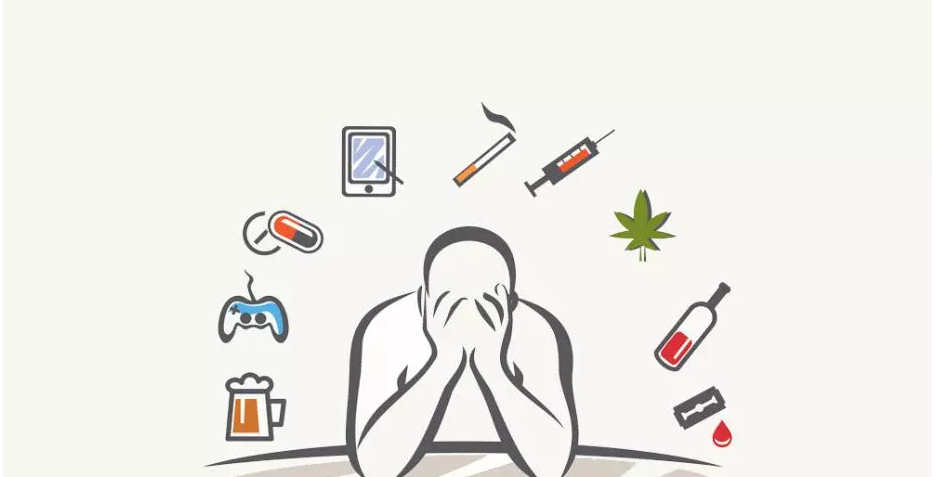The two most common forms of non-medicated treatment are Intensive Outpatient Treatment and Residential Treatment. The primary differences between the two are intensity, duration, and location. Intensive Outpatient Treatment is a form of treatment that often takes place for 3-4 hours each evening to allow patients to continue their normal lives with family and jobs during treatment while Residential Treatment requires the individual to leave their home life and stay in a residential treatment center.
There are commonalities between these two forms of treatment as well as some of the above differences. One is usually chosen over the other for numerous reasons including: type of substance, duration of use, amount of drug usage, the availability of emotional support systems, insurance coverage, ability to pay, etc.
Intensive Outpatient (IOP) usually takes place in a group setting with educational information being provided to help patients learn about their disorders but also to learn coping techniques to deal with issues that come up in life. Without learning new methods to cope with issues, inevitably people return to what’s comfortable; regardless of whether or not it’s healthy for them. A second important component is “processing” in that patients usually come in carrying a lot of emotional baggage that has never been dealt with; process groups help people work through that baggage in hopes of starting recovery with a “clean slate.” IOP treatment is most commonly used for people who are highly motivated, have a stable home, and often times are gainfully employed. It also has the advantage of being more reasonably priced than residential care.
Residential Treatment includes the things listed in the IOP treatment, but it literally takes patients away from the people, places, and things that may contribute to their use. Consequently, this form of treatment is used for individuals who usually have a more severe disorder or have relapsed after other forms of treatment. Structured groups and responsibilities are required in residential treatment and because of the 24-hour availability of the patient with the treatment team, individual therapy is common whereas it is usually not available in IOP Treatment. Unfortunately, though, insurers in all their divine wisdom, have for the most part determined that Residential Treatment is not necessary and if it is, then they maximize the coverage to 28 days per year. The hope is that the current opioid crisis will force legislators to require insurers to pay for extended treatment rather than the current minimal coverages.
Regardless of the type of treatment chosen, research has shown that aftercare is an important part of STAYING in recovery. Aftercare may include programs that are a part of the formal completed structured program or it may be something such as 12 step groups like Alcoholics Anonymous, Narcotics Anonymous, etc.; Others have done well re-devoting themselves to their families or religion. The need for aftercare speaks to the characteristic of the disease of and the high relapse potential associated with it.








